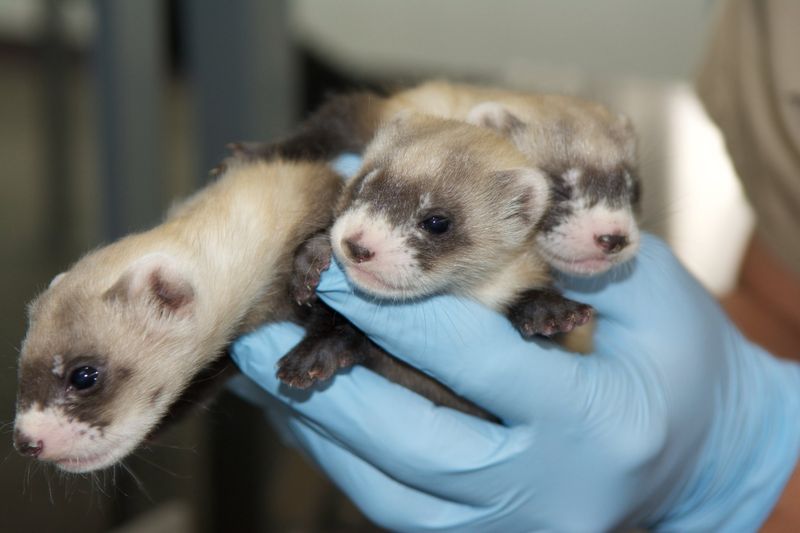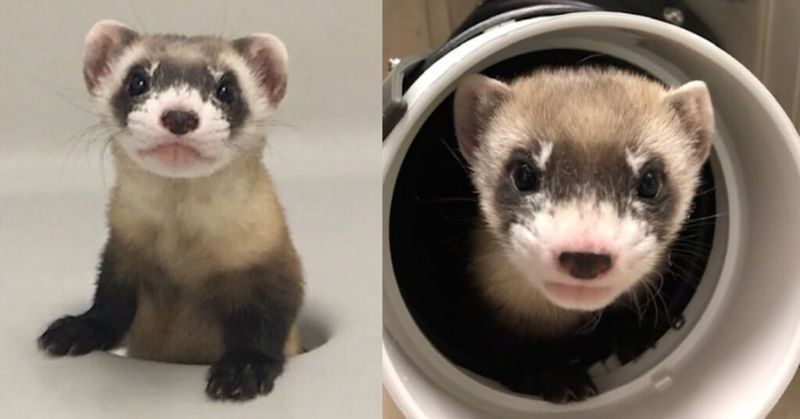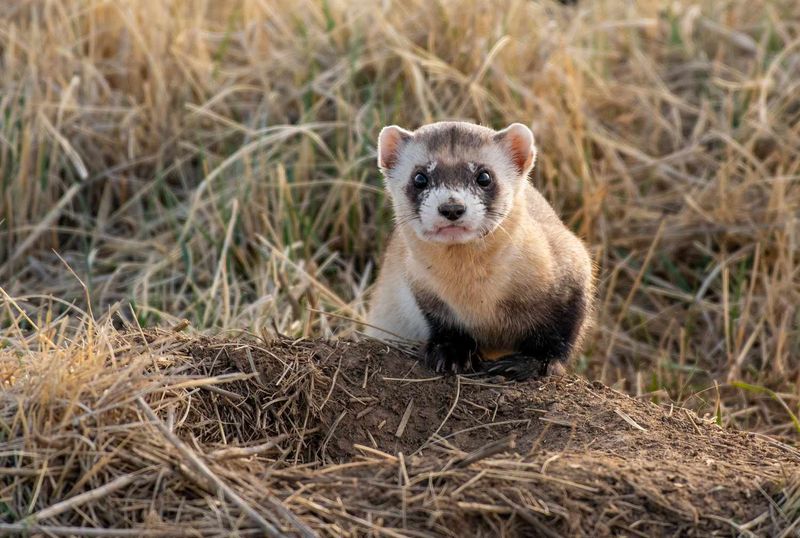The black-footed ferret, once thought extinct, has been given a second chance through groundbreaking conservation efforts. Rediscovered in 1981, this species has become a symbol of hope and resilience in wildlife conservation. Through a combination of captive breeding, genetic rescue, and innovative tracking technologies, scientists have successfully increased their numbers in the wild. Yet, threats like disease and habitat loss persist, making ongoing conservation efforts crucial. This blog explores the fascinating journey of the black-footed ferret’s recovery, highlighting key milestones and the innovative strategies employed by dedicated scientists.
Captive Breeding Success

In the 1980s, the last known wild black-footed ferrets were brought into captivity to prevent their extinction. This move sparked an ambitious breeding program. Since then, over 10,500 ferret kits have been born under human care.
Reintroduction efforts have been fruitful, with more than 1,000 ferrets released back into their natural habitats. Currently, these resilient creatures inhabit various sites across North America. Captive breeding has been pivotal in reviving this species, providing hope for other endangered animals.
The success of this program underscores the importance of human intervention in wildlife conservation.
Cloning Breakthrough: Elizabeth Ann

In December 2020, Elizabeth Ann made history as the first cloned black-footed ferret, using cells from a ferret named Willa. This breakthrough aimed to tackle the genetic diversity issue among the species.
With further cloning success in 2024, including the birth of two more clones, the project has expanded the gene pool significantly. Elizabeth Ann’s existence is more than a scientific marvel; it’s a beacon of hope for endangered species.
Her life represents a leap forward in cloning technology, offering new possibilities for conservation efforts worldwide.
Historic Births in Virginia

April 2024 marked a historic moment when the first offspring of a cloned endangered animal were born in Virginia. Antonia, a clone herself, gave birth to two healthy kits.
This event was not just a triumph for black-footed ferrets but also a promising development for cloning as a conservation tool. The birth of these kits demonstrates the potential of combining cloning with traditional breeding methods.
It signifies a new era in conservation, melding science with nature to save species from the brink of extinction.
Innovative Tracking Technology

In September 2024, scientists made strides in ferret conservation with cutting-edge tracking technology. This innovation allows for the monitoring of ferrets’ underground movements.
By understanding their behaviors and habitat use, conservationists can develop more effective strategies. The devices, small yet powerful, provide real-time data critical for assessing reintroduction success.
This technology represents the future of wildlife monitoring, offering insights that were previously unattainable. It exemplifies how technology can aid in the delicate balance of species preservation.
Current Conservation Challenges

Despite conservation wins, the black-footed ferret faces ongoing challenges. Disease outbreaks and habitat loss remain significant threats to their survival.
Efforts are focused on mitigating these risks through disease management and habitat restoration. Conservationists are also working with local communities to ensure sustainable land use practices.
The journey of the black-footed ferret is a testament to resilience and relentless dedication. It highlights the need for continued support and innovative solutions to ensure a future for this emblematic species.

